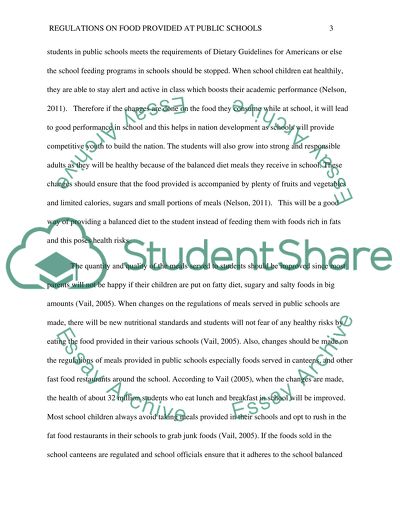Cite this document
(“Regulations on Food Provided At Public Schools Essay”, n.d.)
Regulations on Food Provided At Public Schools Essay. Retrieved from https://studentshare.org/health-sciences-medicine/1485097-regulations-on-food-provided-at-public-schools
Regulations on Food Provided At Public Schools Essay. Retrieved from https://studentshare.org/health-sciences-medicine/1485097-regulations-on-food-provided-at-public-schools
(Regulations on Food Provided At Public Schools Essay)
Regulations on Food Provided At Public Schools Essay. https://studentshare.org/health-sciences-medicine/1485097-regulations-on-food-provided-at-public-schools.
Regulations on Food Provided At Public Schools Essay. https://studentshare.org/health-sciences-medicine/1485097-regulations-on-food-provided-at-public-schools.
“Regulations on Food Provided At Public Schools Essay”, n.d. https://studentshare.org/health-sciences-medicine/1485097-regulations-on-food-provided-at-public-schools.


